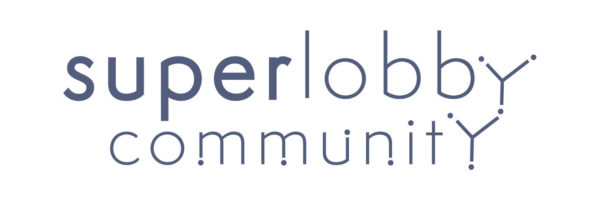
They always do best during presentations; the 5 minutes to twelve, last-minute, amazing come-back, rise-from-the-ashes lobby campaigns. I personally hate those campaigns. First, you need a stomach for that and secondly, it’s always a good indication that someone messed up and that we could have acted more professionally. Finally, you need to mobilise a great number of resources in order to succeed in the action-packed Steven Seagul kind of lobbies. Capacity, money and most importantly; political capital. Everyone who has ever owed you favour or that is inclined to help you needs to be mobilised. You might just end up losing a lot of friends and just as importantly you look unprofessional asking all kinds of wild things last minute.
The Labovic-scale of Lobbying
To each his own scale! I always wanted to have my own scale named after me, ever since University forced me to memorize scales named after this or that professor or consultancy group. The opportunity presented itself when I started seeing a negative correlation between the success of a lobbying campaign and the “sexy-ness” of specific lobby actions. In other words, the more sexy a certain lobby action looks, the less likely your lobby campaign is heading the right direction. The exact opposite also holds true; the more boring your actions, the bigger the likelihood you are doing something right. The below graphic shows this relation.
Do you have skills?
The scale and the thesis that boring does best is a warning to all those craving action-packed political endeavours. Boring seems indeed to be the credo to adhere to. However, a question by a student from the University of Amsterdam made me rethink this simple (overly simple?) graph. Sticking to boring might be a good guiding principle but you don’t always get to choose; politics is in constant flux and lobbying assignments rarely come at the perfect moment. Therefore the graph also reveals that different roles are needed in different stages of a lobbying campaign. The first (boring) part is more suited for government accounts managers. Skills needed for that job include the setting of agenda’s, formulating scientific arguments and even things like chairing a meeting or taking and distributing notes. I have done a similar job at FMO, an international development bank. Most of my time was spent preparing meetings and drawing up annotated agenda’s. Your key interlocutors are civil servants who shy away from the media and who above everything dislikes “surprises”. As the campaign moves to parliament the role of a political lobbyist is more suited. This is the traditional trench-coat wearing lobbyist who opens doors and who has a vast network in Brussels, The Hague and Westminster. Political savviness and the ability to drink enormous amounts of coffee are key traits for this role. Then finally as the campaign goes wrong or deteriorates we need someone that understands political communication and crisis management. Opinion pieces are written, interviews arranged and even social media get involved. Organisations with a clear vision of Public Affairs delegate these different roles to different persons. Can you do all this at once and combine all different roles in one person? Of course! I guess that’s when you get to call yourself a Superlobbyist. The question is however do you really want this as capacity problems kick in and try not getting a burnout managing all those things at once. Moreover, combining all these roles creates a key-person risk.
[Like this blog? Sign up for my newsletter to receive similar content every week!]

